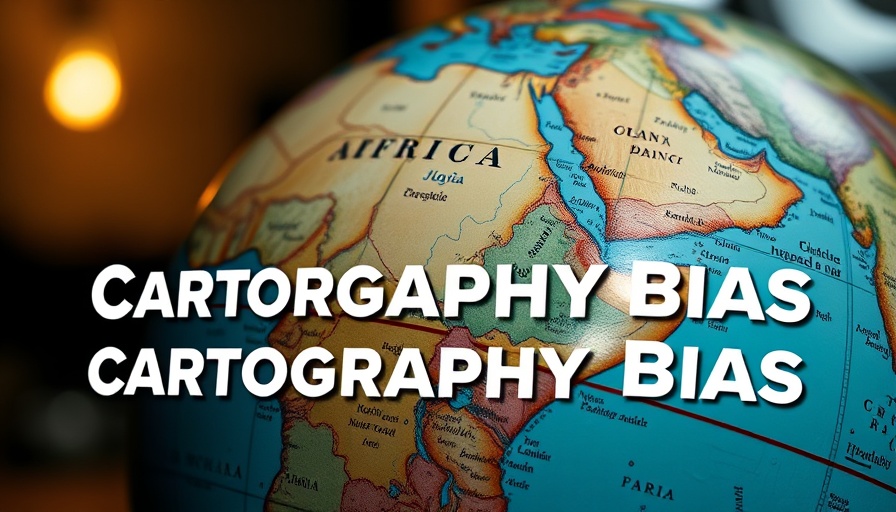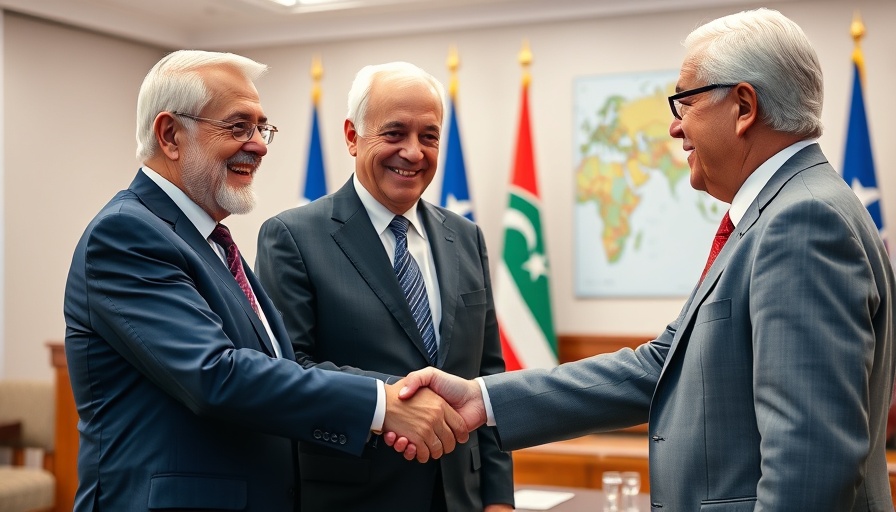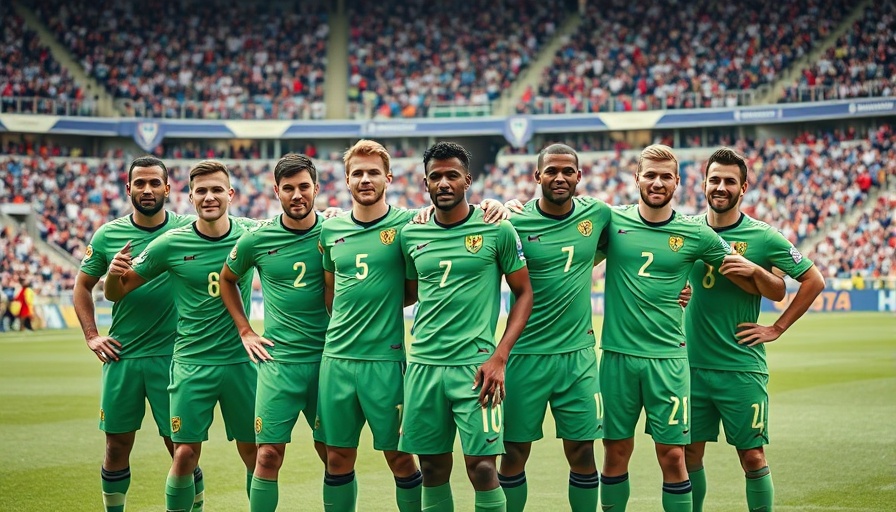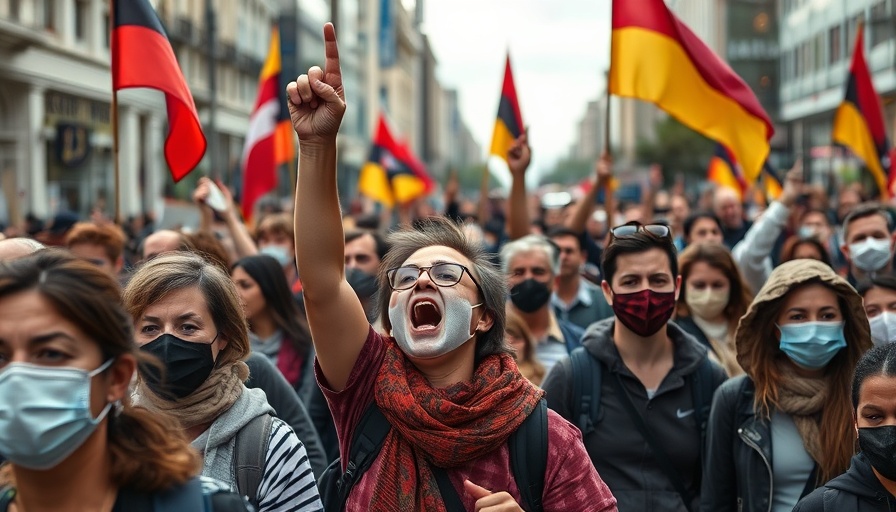
Mapping the Future: Why Africa Needs an Accurate Representation
The push to correct the map signifies a pivotal moment in how the world perceives Africa, the second-largest continent, not just in geographical terms but socio-economically as well. The African Union (AU) has endorsed this campaign, advocating for the increased use of the Equal Earth projection over the long-standing Mercator map that distorts the true size of the continent. This shift is not merely technical; it is deeply rooted in the desire to challenge colonial narratives that have persisted for centuries.
In AU Pushes ‘Correct the Map’ Campaign to Show Africa’s True Size, the discussion dives into Africa's campaign to overhaul outdated mapping perceptions, exploring key insights that sparked deeper analysis on our end.
Understanding Mercator's Legacy
The issues with the Mercator projection, which has been in use for about 450 years, manifest in the disproportionate representation of Africa. With a size of approximately 30.3 million square kilometers, Africa is roughly 14 times larger than Greenland, yet the Mercator projection compresses it, skewing perceptions and reinforcing outdated colonial stereotypes. This misrepresentation extends beyond geography; it influences political, economic, and social perceptions of the African continent, undermining its importance on a global scale.
Revolutionizing Perspectives: The Equal Earth Advantage
The Equal Earth projection stands out for its equitable representation of all continents, avoiding the distortions that accompany other projections. According to Dr. Victor Maribbu from Africa No Filter, the shift is not about inflating Africa's size but about ensuring that its representation aligns with its actual scale. This approach positions Africa accurately within global narratives and challenges existing biases that have influenced long-standing misconceptions about the continent.
Why Now? The Timing of the Campaign
As the AU formally endorses this campaign, there are real implications for policy-making and educational resources across Africa. With increasing awareness through media and public outreach, the campaign seeks to dismantle centuries of misinformation. The initiative is particularly vital for younger generations who should not inherit a distorted view of their own continent, as highlighted by Dr. Maribbu.
Driving Change in Educational Institutions
For the campaign to succeed, active collaboration with schools, governments, and tech platforms is essential. Dr. Maribbu emphasizes the need for awareness and retraining of educators to adopt the Equal Earth projection in their curricula. This change requires a deliberate roadmap—an initiative that weaves together financial, institutional, and educational resources to facilitate the transition.
The Role of Media in Fuelling the Movement
Amidst the campaign's growing momentum, media plays an integral role not only in raising awareness but also in shaping the dialogue around Africa's representation. Engaging global media outlets in discussions surrounding the “correct the map” campaign can create a ripple effect on public perception and institutional attitudes toward accurate representations.
Overcoming Resistance and Challenges
Despite the momentum, skepticism remains. Some argue that changing the map projection could confuse students learning about navigation and coordinates. However, as Dr. Maribbu elaborates, any resistance to change is often a part of progress. Historical precedents show that societies have successfully shifted their narratives to reflect new understanding, and this can be achieved with the Equal Earth projection as well.
A Collective Responsibility
The “correct the map” initiative urges not only government bodies but all stakeholders, including international organasations like the UN and World Bank, to reassess their geographical narratives. Africa's representation on world maps is intertwined with economic and political significance. Addressing this issue can help redefine narratives and leads to informed decision-making both within and outside of the continent.
As African representation expands through accurate mapping, a critical dialogue emerges on how to address colonial legacies and false narratives. The conversation surrounding the use of the Equal Earth projection is not only about geography; it symbolizes a broader movement toward equity and recognition of Africa's contributions to the global community.
To stay informed about the ongoing developments in Africa's mapping discourse and the broader implications for representation and identity, join local discussions, engage in social media campaigns, and support initiatives like the “correct the map” campaign. Together, we can shape a narrative that truly reflects Africa's significance on the global stage.
 Add Row
Add Row  Add
Add 


Write A Comment